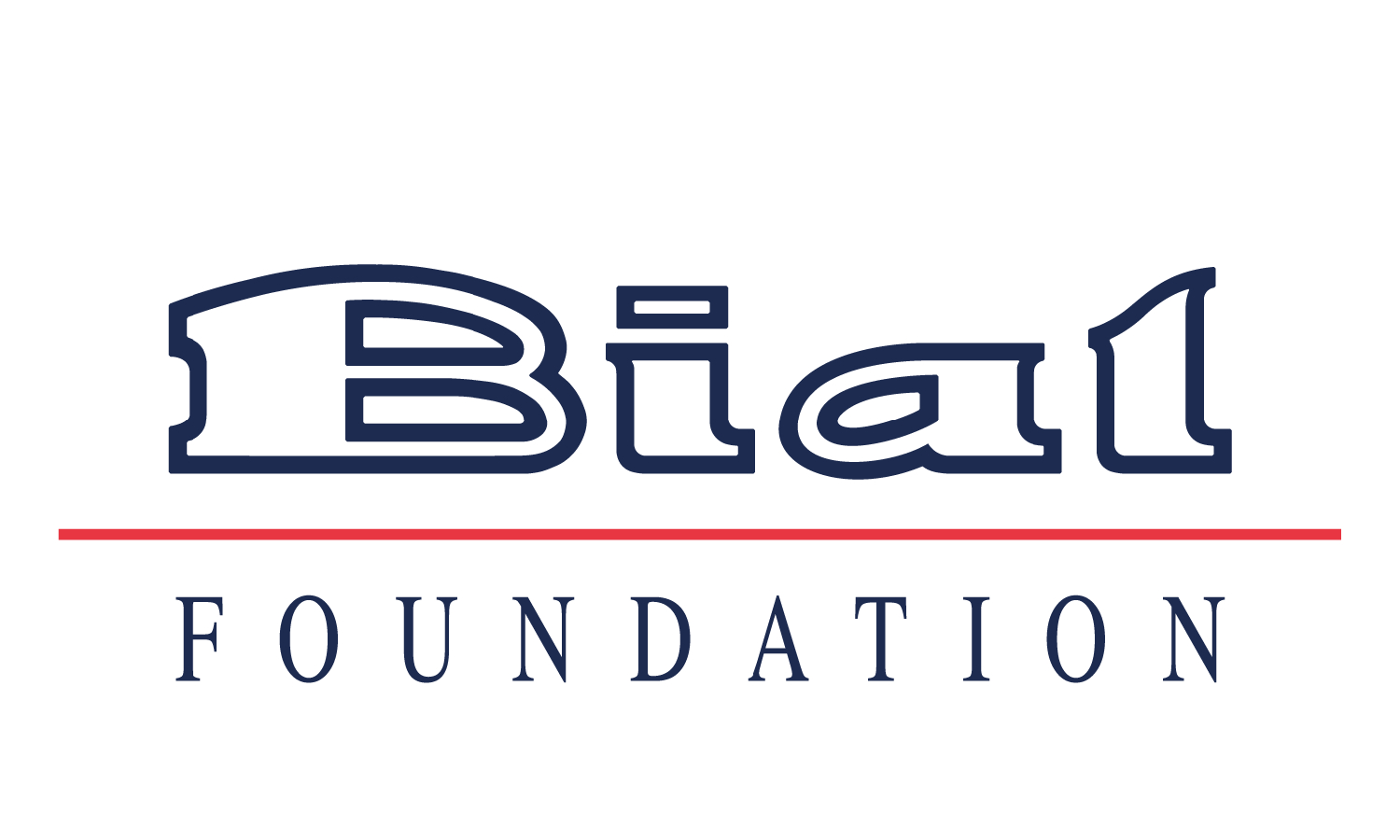Brain connectivity and autonomic function are closely related to emotional regulation, interoception, and autonomic stability. The Default Mode Network (DMN), associated with self-referential and emotional processes, and the insula, which plays a crucial role in interoception, emotional regulation, and autonomic control, are functionally interconnected. These two components often activate together during certain mental processes, suggesting a fundamental interaction between cognitive and emotional functions. To deepen the understanding of this interaction, a study led by Joana Coutinho investigated the functional connectivity between the insula and the DMN, also exploring its relationship with heart rate variability (HRV), an important marker of autonomic regulation. HRV is a measure of the autonomic nervous system's ability to respond to stress and maintain emotional stability, making it a relevant indicator for studying emotional regulation. The results showed a significant positive correlation between the functional connectivity of the insula and DMN, but no direct relationship was observed between this connectivity and HRV. This finding suggests that the interaction between brain connectivity and autonomic regulation is more complex than initially thought and may require more sophisticated models to be fully understood. Therefore, these results highlight the importance of future studies for a more detailed understanding of the brain circuits involved in modulating heart activity, which could lead to the development of more effective therapeutic strategies, especially for clinical populations with alterations in these processes. This study was supported by the BIAL Foundation, in the scope of the research project 87/12 - Neurobiological correlates of empathy in couples: A study of central and peripheral measures, and published in Brain Sciences, in the article Examining Insula – Default Mode Network Functional Connectivity and Its Relationship with Heart Rate Variability.
ABSTRACT
Background:
The Default Mode Network (DMN) is involved in self-referential and emotional processes, while the insula integrates emotional and interoceptive signals. Functional connectivity between the insula and the DMN is proposed to enhance these processes by linking internal bodily states with self-referential thoughts and emotional regulation. Heart Rate Variability (HRV), a measure of parasympathetic regulation of cardiac activity, has been associated with the capacity to regulate autonomic arousal. This study explored the relationship between insula–DMN functional connectivity and HRV. We hypothesized that (1) insula’s functional activity and volume would be related to HRV; (2) insula activation would be functionally connected with the DMN; and (3) stronger insula–DMN connectivity would correlate with higher HRV.
Method:
Forty-three healthy adults underwent a structural and functional MRI acquisition to assess insula–DMN connectivity during resting state. HRV was measured also at rest using the BIOPAC system.
Results:
A significant positive correlation was found between insula–DMN connectivity, but no correlation was observed between insula–DMN connectivity and HRV. We also found a positive significant association between left insula volume and HRV.
Conclusion:
These findings suggest that while the AI and DMN are functionally interconnected, this connectivity may not be directly related to HRV. The results highlight the complexity of the relationship between brain connectivity and autonomic function, suggesting that other factors may influence HRV.






































































